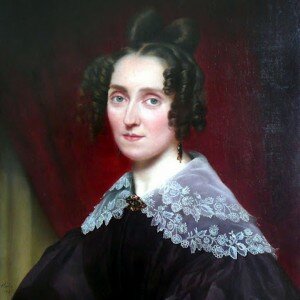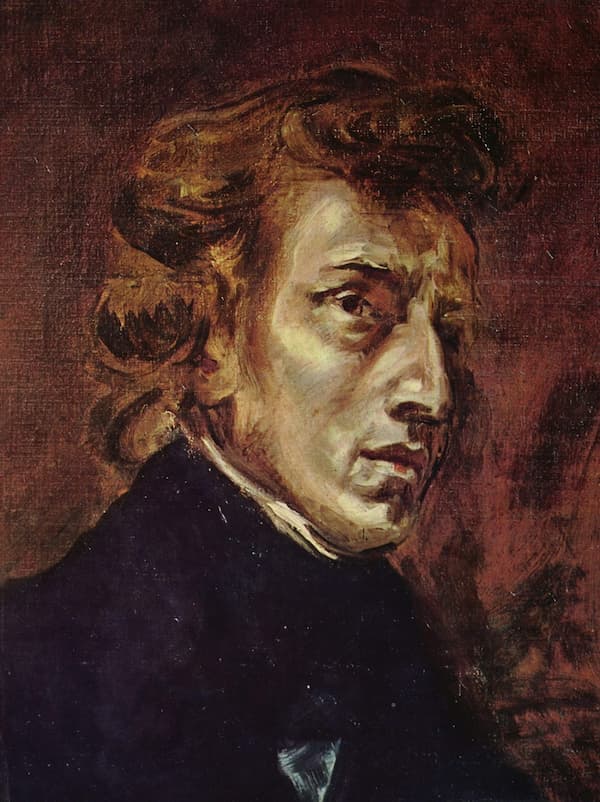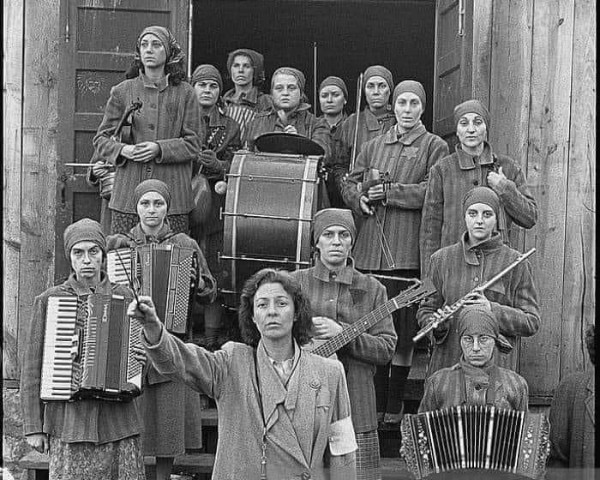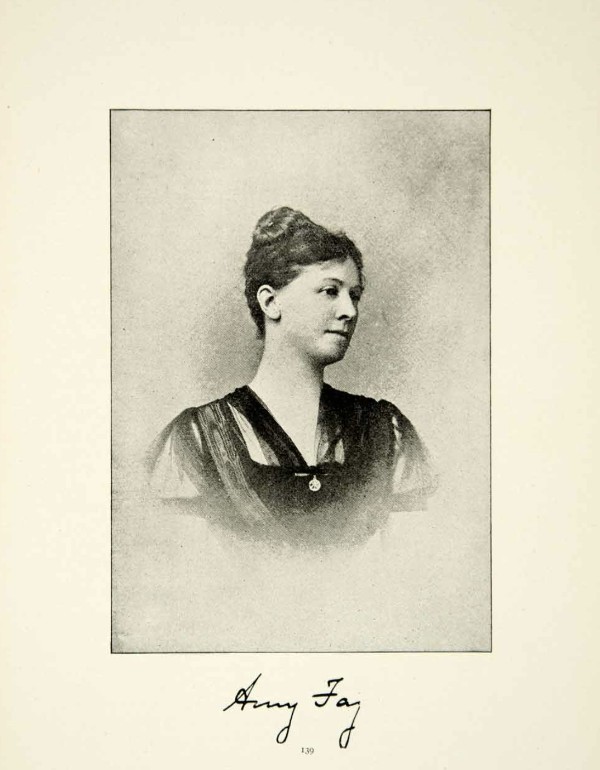
Louise Farrenc
Louise Farrenc: Piano Quintet No. 1 in A minor, Op. 30
Louise Farrenc was a central figure in Parisian musical life and the only woman to hold a full chair at the Paris Conservatoire. Her chamber music is on a par with that of most of her male contemporaries, and one hears the clear influence of Beethoven in the ambition and drama of her symphonies. But her work never really achieved the acclaim it deserved and fell into oblivion shortly after her death. Interest in her was revived in the 1980s with the publication of a biography, and since then her music has once again found its way into the spotlight and on to concert programmes. Her early works were almost exclusively written for piano – etudes, fantasies and variations – before she branched into chamber music and orchestral works. Her music is masterfully crafted, rich in textures, inventive, melodically varied and colourful, witty and charming. In her chamber music she employs delightfully original combinations of instruments and brilliant part-writing, and much of her music is imbued with a romantic Mozartian lyricism.
“This is not a woman who composes, but a composer who is a woman”
– Ambroise Thomas
Chaminade: 6 Etudes de concert, Op. 35: No. 2. Automne

Cecile Chaminade
She has enjoyed a resurgence of interest in recent years, yet when she died, despite having published over 400 pieces during her lifetime, her work was regarded as nothing more than superficial salon music, out of fashion and unplayed.
Chaminade: Flute Concertino, Op. 107 (arr. for flute and piano)
Her oeuvre embraces a variety of forms, from orchestral and ensemble works to piano miniatures and songs, and her music is tuneful, lyrical and romantic, replete with long-spun cantabile melodies, languid phrasing and an impressive command of musical architecture, harmonic interest, rhythm and texture. Unaffected by more progressive composers such as Richard Wagner or the Impressionists, Chaminade remained true to the French romantic style of the nineteenth century. Whimsical, witty and imbued with joie de vivre, her attractive characterful music has an emotional directness and insouciant elegance which is hard to resist.
Tailleferre: Suite burlesque

Germaine Tailleferre
For Tailleferre, membership of Le Six both advanced her music and brought it to wider public attention, while also singling her out as the only female member, which she found degrading and unnecessary. Critics derided her music as “feminine”, “dreamy”, and “slight”, yet the music she was composing in the first part of the twentieth century is bold and original with harmonies and rhythms equal to Debussy’s, while her more mature works reveal a taste for the avant-garde. Her music has a natural grace, spontaneity, and charm redolent of the 18th-century masters, but always with a distinct individuality.



